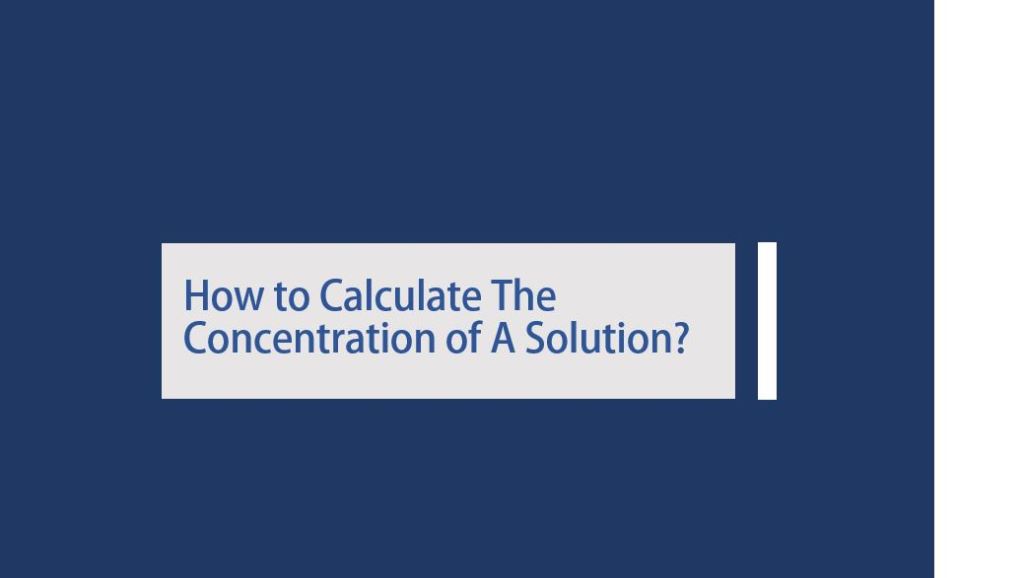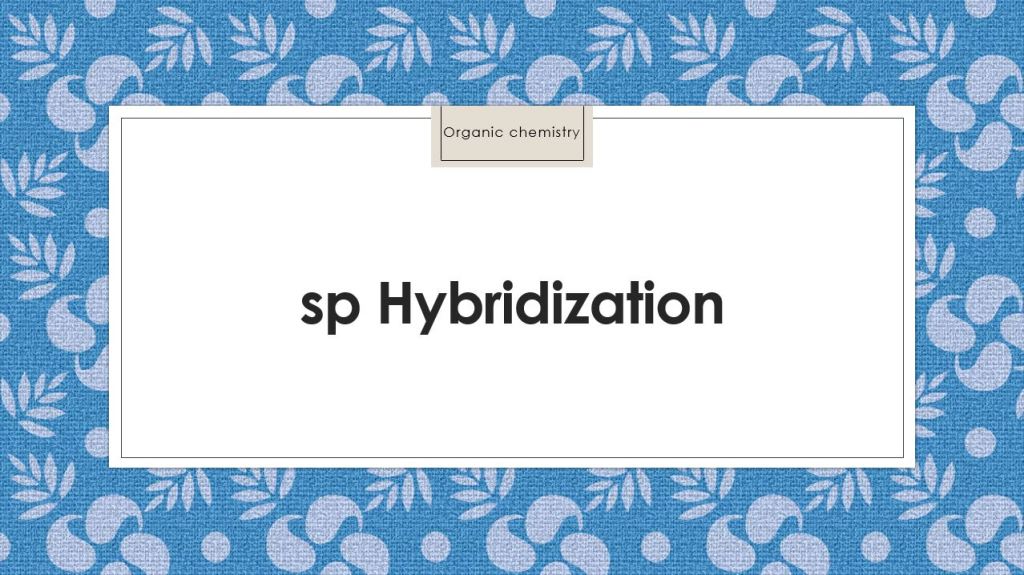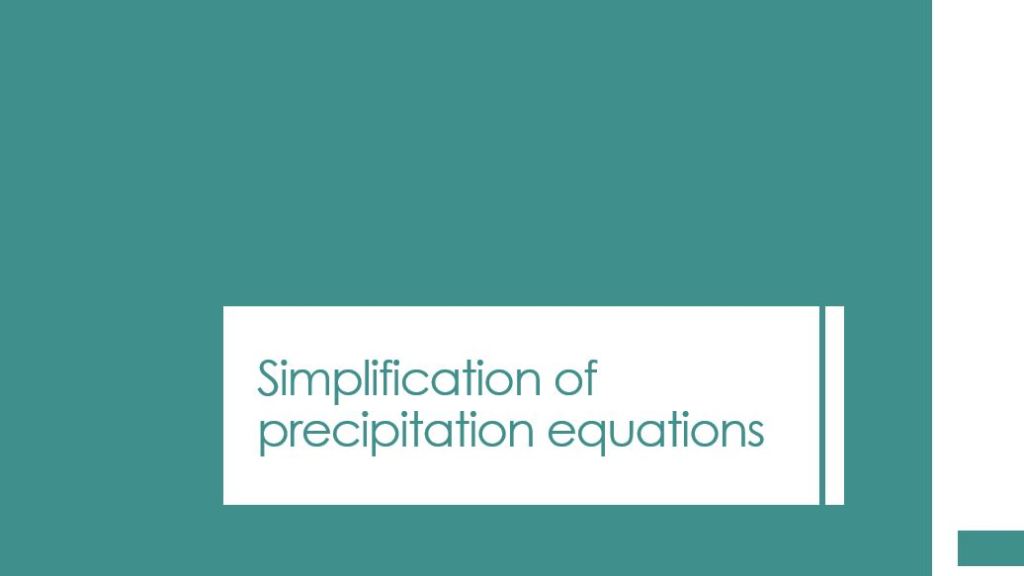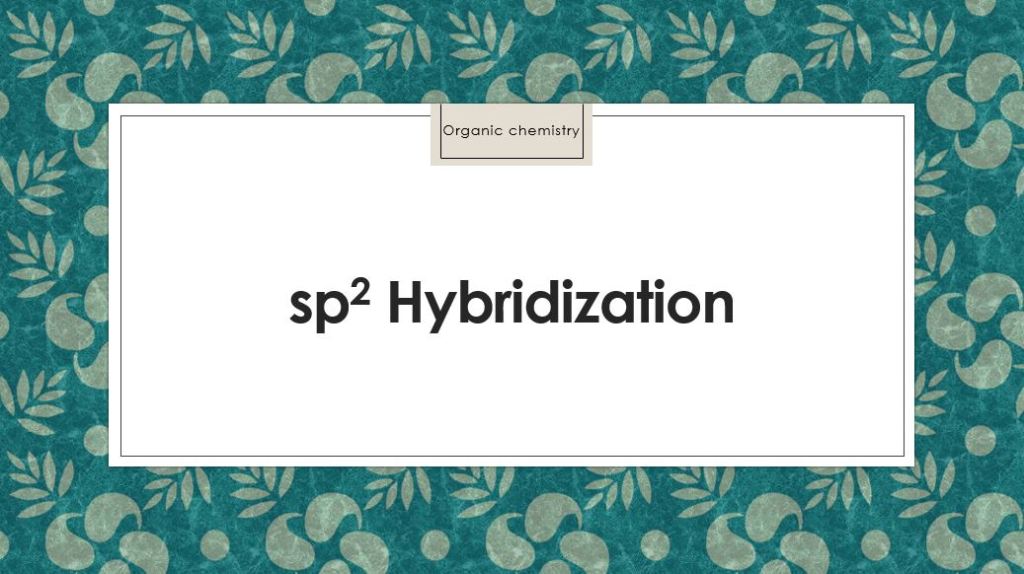Fundamental Chemistry: Moles and Concentration Calculations Course (13)
Balancing ionic equations:
When ionic compounds dissolve in water, they separate into ions. However, not all ions participate in the reaction. Those ions that do not actively engage in the chemical reaction are termed spectator ions. The ionic equation provides a simplified representation of the chemical equation by omitting spectator ions and presenting only those ions involved in the reaction.
To understand better, let’s consider the reaction of zinc with copper sulfate to produce zinc sulfate and copper metal.
Zn(s) + CuSO4(aq) → ZnSO4(aq) + Cu(s)
To be able to identify the spectator ions, we need to write the charge on all ions. For example, we designate a positive two charge for the copper ion and a negative two charge for the sulfate ion. Similarly, the zinc ion carries a positive two charge, while the sulfate ion bears a negative two charge.
Zn(s) + Cu2+SO42-(aq) → Zn2+SO42-(aq) + Cu(s)
the sulfate ion remains unchanged throughout the reaction, appearing on both sides without altering its oxidation state.
On the other hand, the zinc metal loses two electrons to form a zinc ion, while the copper ion gains two electrons to produce copper metal.
The next step is to cancel all spectator ions (sulfate ion):
Zn(s) + Cu2+SO42-(aq) → Zn2+SO42-(aq) + Cu(s)
Finally, we write the net ionic equation:
Zn(s) + Cu2+(aq) → Zn2+(aq) + Cu(s)
Exercise 1
Write an ionic equation for the full balanced equation:
Mg(s) + 2HCl(aq) MgCl2(aq) + H2(g)
1. We write the charges on all ions:
Mg(s) + 2H+ (aq)+ 2Cl–(aq) →Mg2+ (aq)+ 2Cl–(aq) + H2(g)
2. The two chloride ions appeared on both sides, and didn’t change oxidation state. So we cancel chloride ions from both sides.
Mg(s) + 2H+ (aq)+ 2Cl–(aq) →Mg2+ (aq)+ 2Cl–(aq) + H2(g)
3. We write the ionic equation:
Mg(s) + 2H+ (aq) →Mg2+ (aq) + H2(g)
Exercise 2:
Writing an ionic equation for the full balanced equation:
Br2(aq) + 2KI(aq) → 2KBr(aq) + I2(aq)
1. We write the ionic equation for the balanced equation:
Br2(aq) + 2K+ (aq) + 2I–(aq) → 2K+ (aq)+ 2Br–(aq) + I2(aq)
2. cancel the spectator ions, you can see the potassium didn’t change oxidation state throughout the reaction, so we cancel it.
Br2(aq) + 2K+ (aq) + 2I–(aq) → 2K+ (aq)+ 2Br–(aq) + I2(aq)
3. Finally, we write the ionic equation:
Br2(aq) + 2I–(aq) → 2Br–(aq) + I2(aq)
Full Course Link:
Fundamental Chemistry: Moles and Concentrations Calculations






Leave a comment